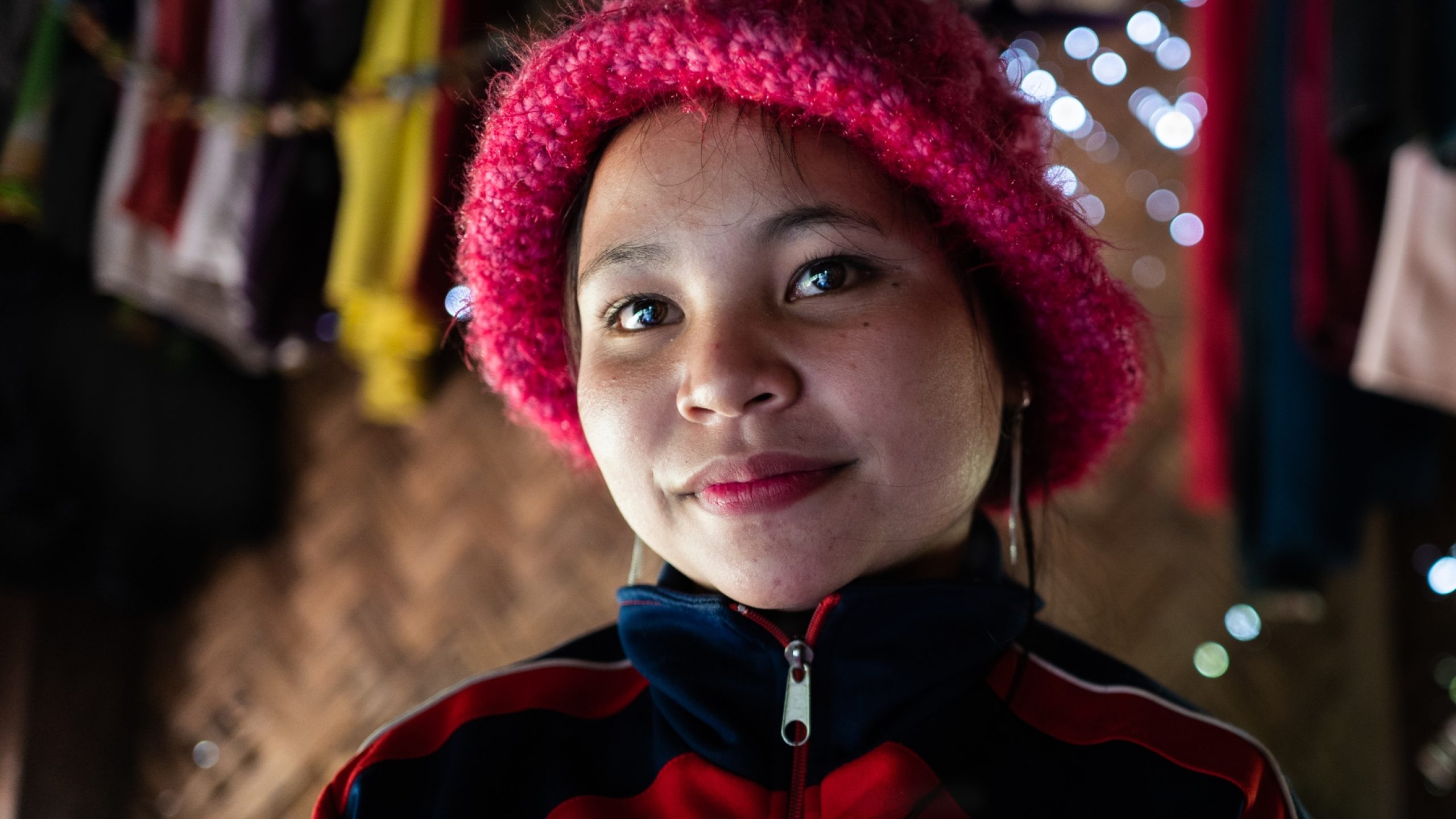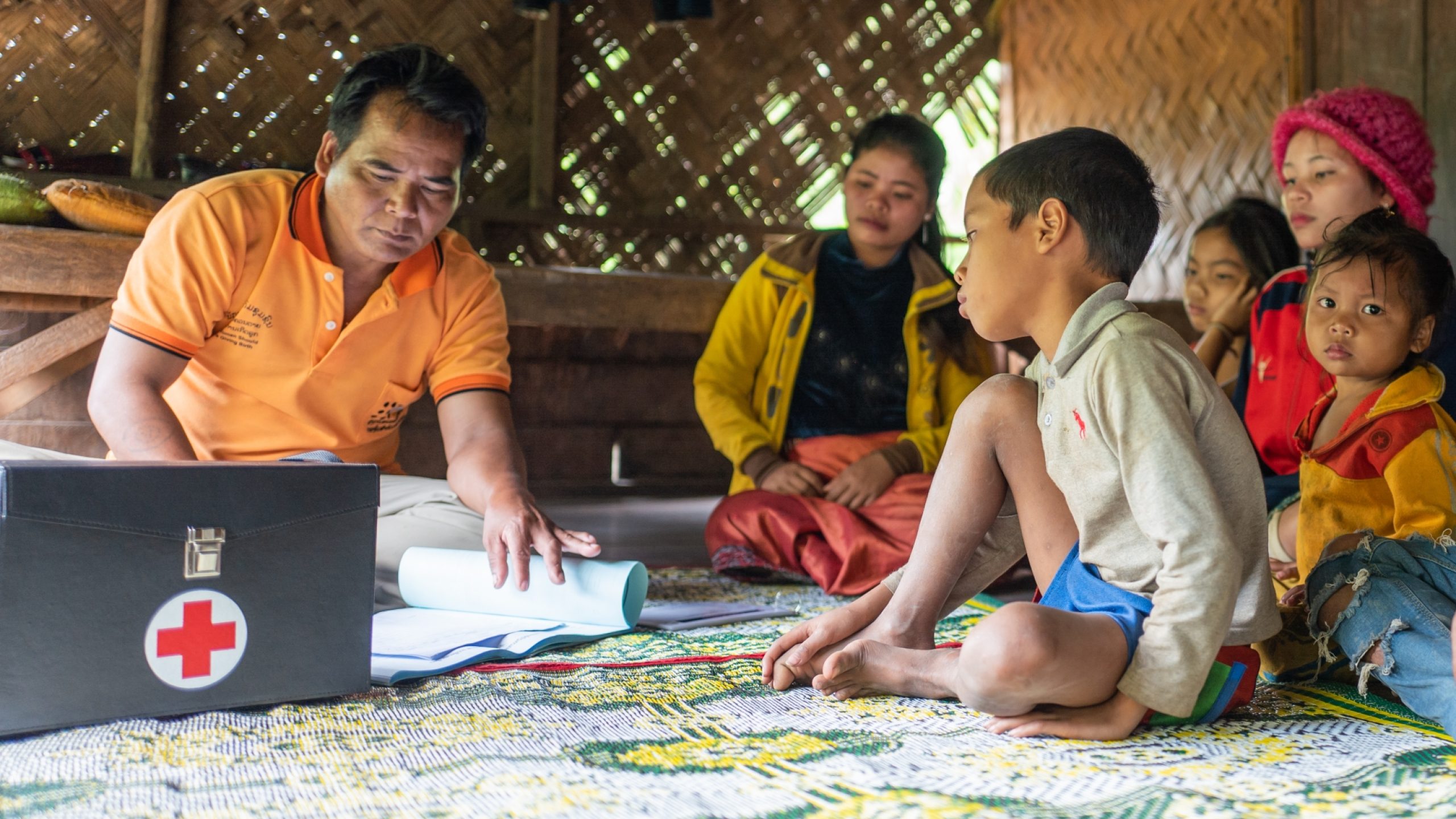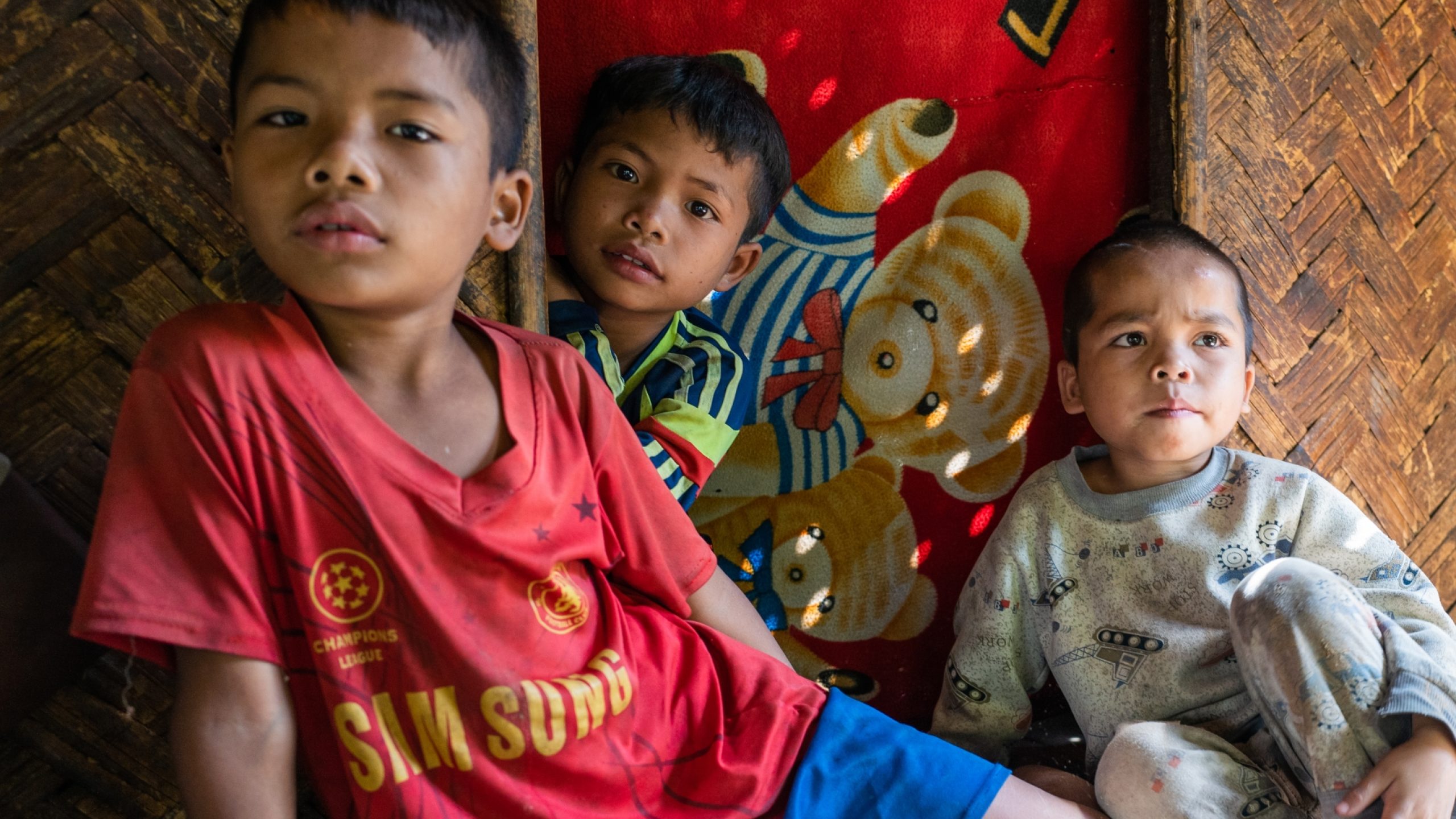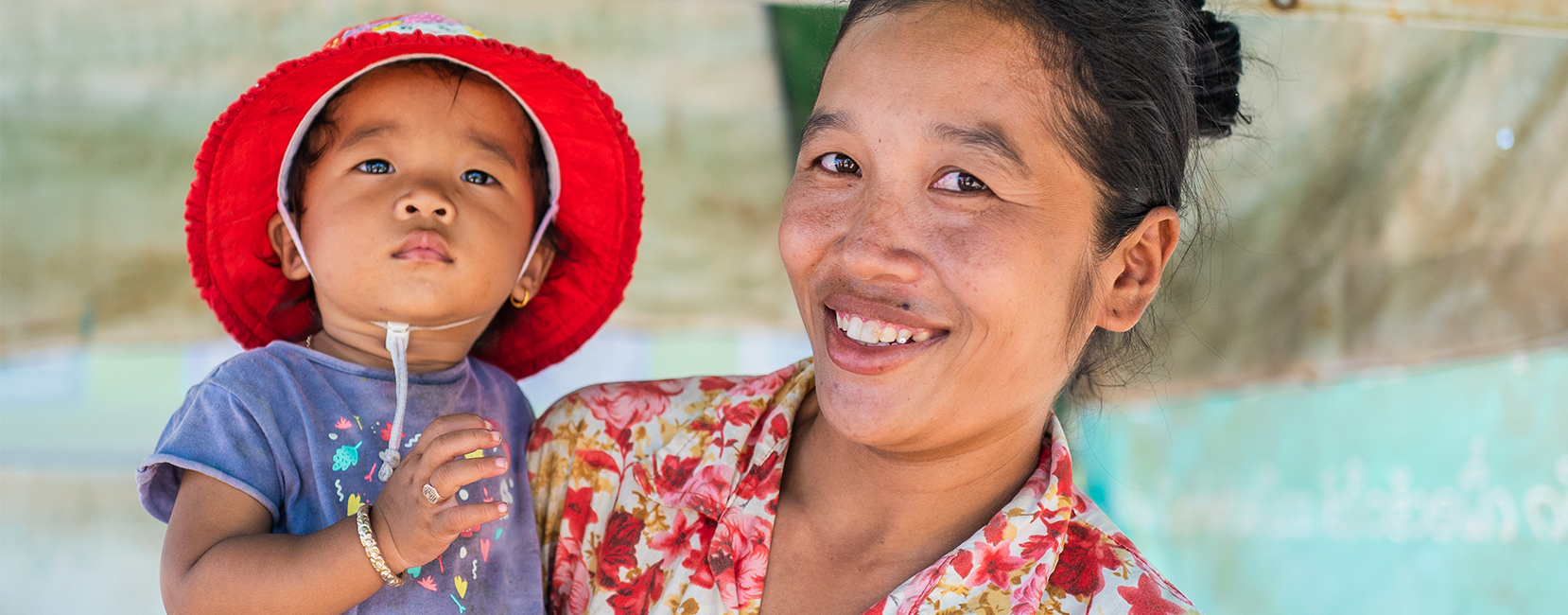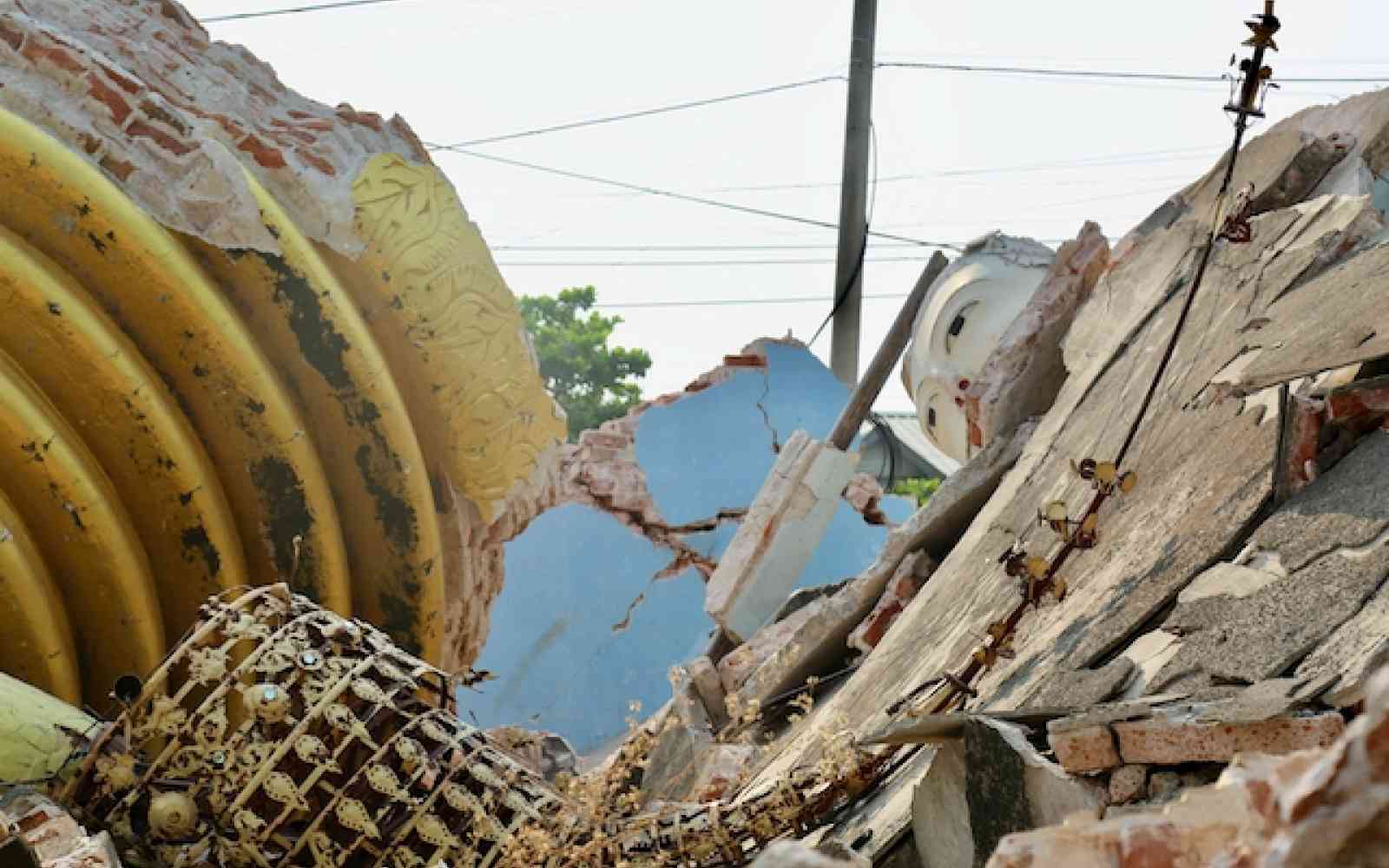The United Nations Office for Project Services (UNOPS)

Towards a malaria-free Laos
The government of Laos has pledged to eliminate malaria by 2030, and the country seems to be on track. Since 2010, the disease has decreased by more than half. Volunteer malaria workers located in remote and difficult to access villages play an important role in the small landlocked country’s fight against malaria.
“The situation is totally different from the past. Before there was a high rate of malaria and medicine was not enough. A lot of people got sick and many died, mostly children,” explains Athong Sisouban, a malaria worker from Thahin village in Champasak Province.
Sisouban has been a volunteer since 1994 and thanks to his efforts, malaria has significantly declined in his village.
“Back then, we would test around 30 people every month. Now, we normally test around five people in a month. Sometimes it may only be two,” he says.
Thahin is a remote village located in the middle of Dongkhamthoung Forest and up until 2015, there was no road access to the village. Many medical supplies had to be transported by boat and getting to the nearest health centre, which is over 30 kilometers away, was extremely challenging. Access is still difficult, as many in the village do not own vehicles, meaning Sisouban’s work continues to be crucial in preventing malaria outbreaks.
Photos
- ©UNOPS/Elise Laker
The main reason malaria has decreased so much is that we are able to deliver treatment on time. When people get a fever, they come straight to me.”


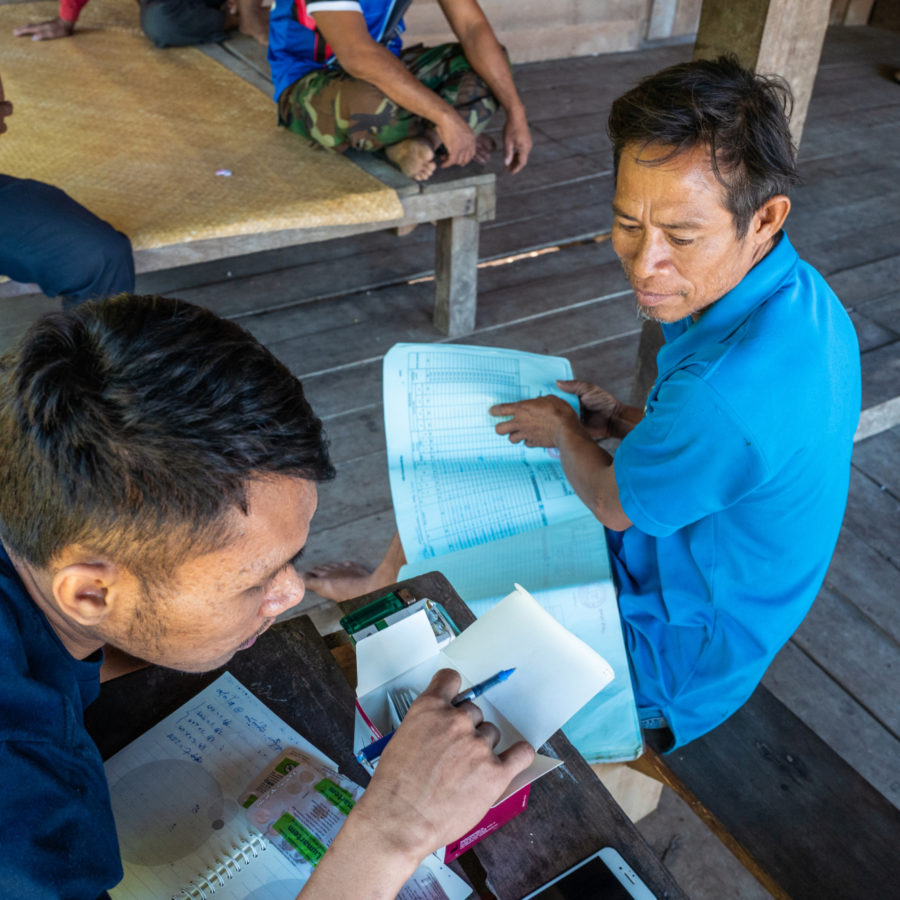

Every malaria volunteer is provided with rapid diagnostic tests that can provide results within 15 minutes. These tests are very easy to perform and mean that if malaria is found, treatment can be given straight away.

High up in the mountains on the border of Vietnam, live members of the Pakoh ethnic group. Bounyai is responsible for providing health education, referrals and malaria screening and treatment for the 76 people living in his village. He tries to visit all 12 families once a month to check up on their health.
If anybody is sick, we do a blood test. I do blood tests every month and I always find someone with malaria.”
His visits are also an opportunity to promote ways to prevent getting the disease.
“My role as a village malaria worker is to encourage the villagers to take care of their health and living conditions. I encourage people to go to the health centre, to use mosquito nets and wear long sleeves and trousers when they go to the forest,” says Bounyai.
According to Bounyai, it is children who are most affected by malaria in his community.
Getting to the village is challenging and access is only possible by motorbike or by walking up a steep muddy dirt track. During the rainy season, it is even more difficult and the time it takes to get to the nearest health centre can double. This is also when malaria is most common.
Now, they come to see me or go directly to the health centre.”
Thanks to Bounyai, his community is now much more informed when it comes to healthcare and what to do to prevent malaria. He explains that in the past the community would sacrifice a chicken or a duck if someone was sick.
The country has 1,263 health facilities and 1,570 village malaria workers who have been trained to test for and treat malaria in communities that are hard to reach and that are far from health centres. Local civil society organizations play an important role in mobilizing these volunteers.
“We are close to the people, especially in hard-to-reach areas, where the government has limited human resources,” says Viengakhone Souriyo, the director of the Lao Positive Health Association.
The organization is one of several local implementing partners working on the ground to improve malaria response.
“People are still living the same, but what has improved is our access to remote communities. People now understand the dangers of malaria and know how to better protect themselves,” he adds.




Project details
The Regional Artemisinin-resistance Initiative 2 Elimination (RAI2E) programme is a $243 million regional grant to accelerate the elimination of Plasmodium falciparum malaria in the Greater Mekong Subregion between 2018 and 2020. RAI2E supports increased malaria service coverage for remote populations in border areas and other at-risk populations, as well as case management through health volunteers and strengthening of national surveillance systems.
UNOPS is responsible for managing the funds of the project and providing quality assurance as well as monitoring and evaluation. The programme is funded by the Global Fund to Fight AIDS, Tuberculosis and Malaria.
In Laos, UNOPS has been working in partnership with the Ministry of Health, the World Health Organization and civil society organizations to support the country’s malaria control and elimination efforts.
Access to locations in Laos highlighted in this article has been made possible through the support of the government of Laos, Lao Positive Health Association and the Ministry of Health (Department of Planning and International Cooperation, Department of Communicable Disease Control, and Centre for Malariology, Parasitology and Entomology).









